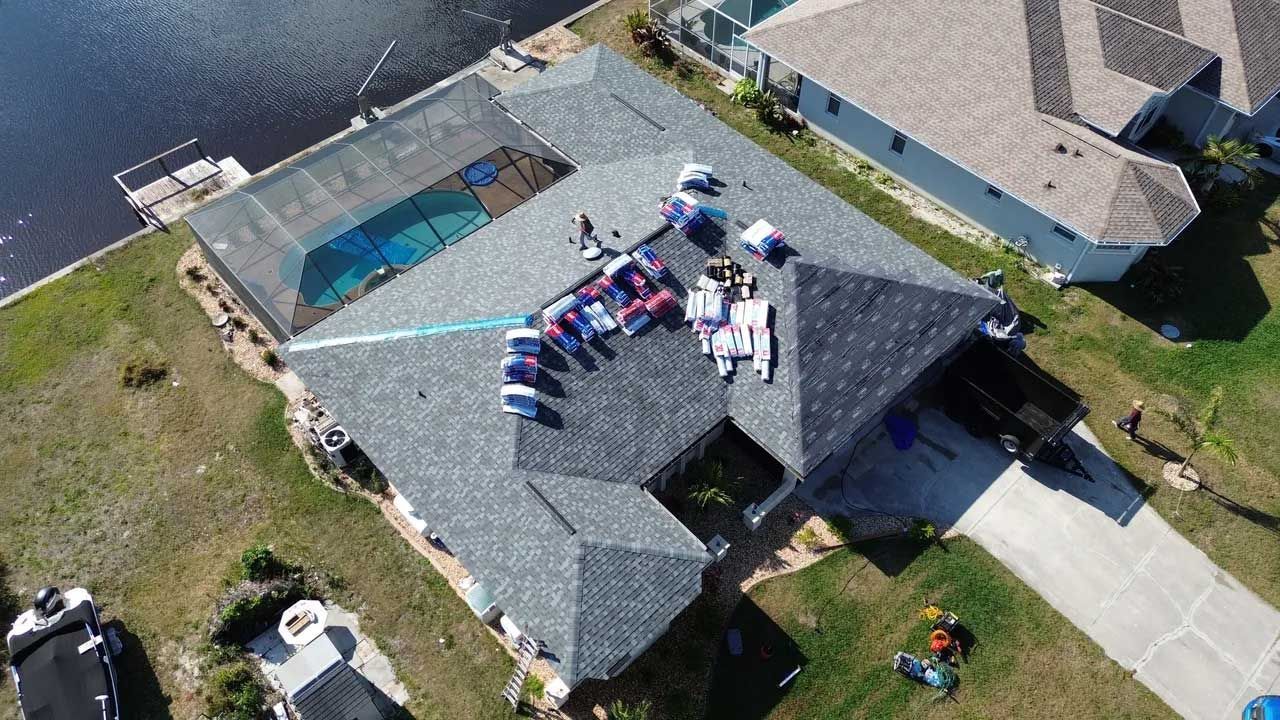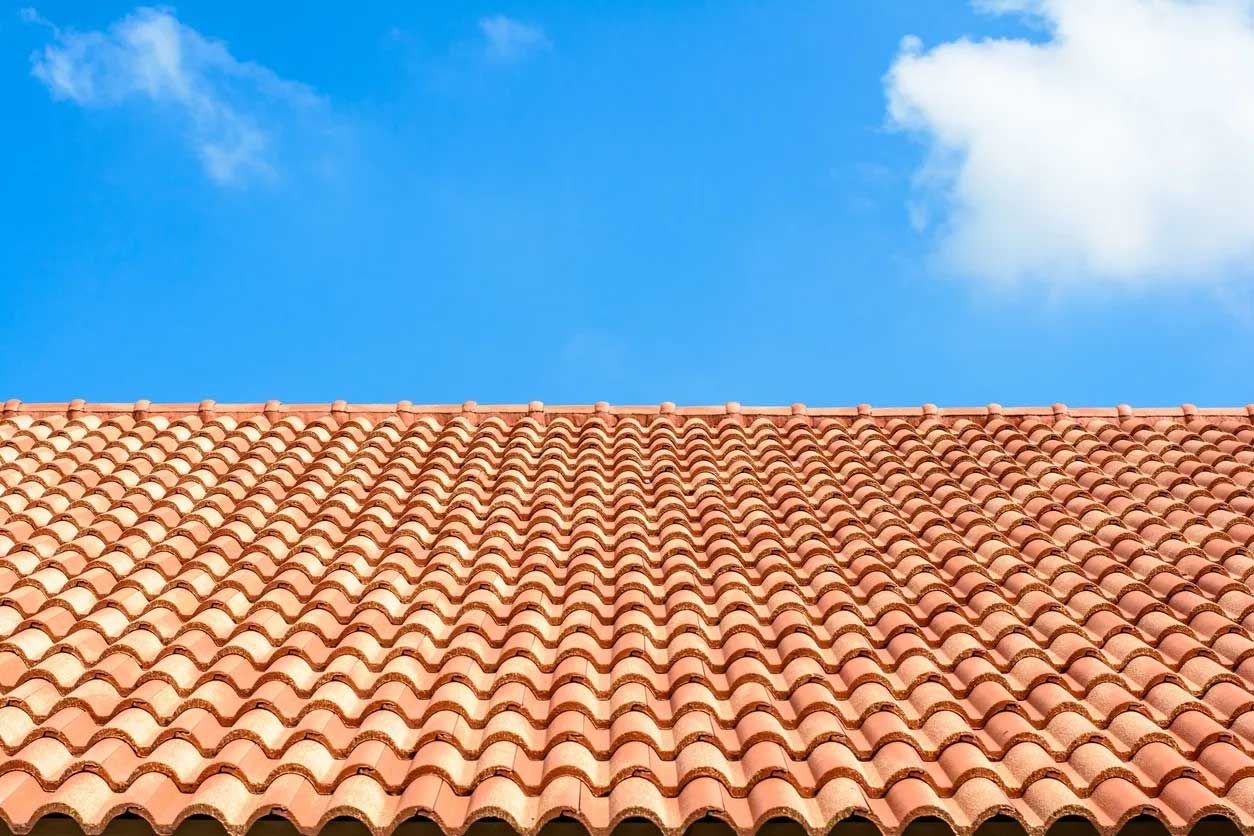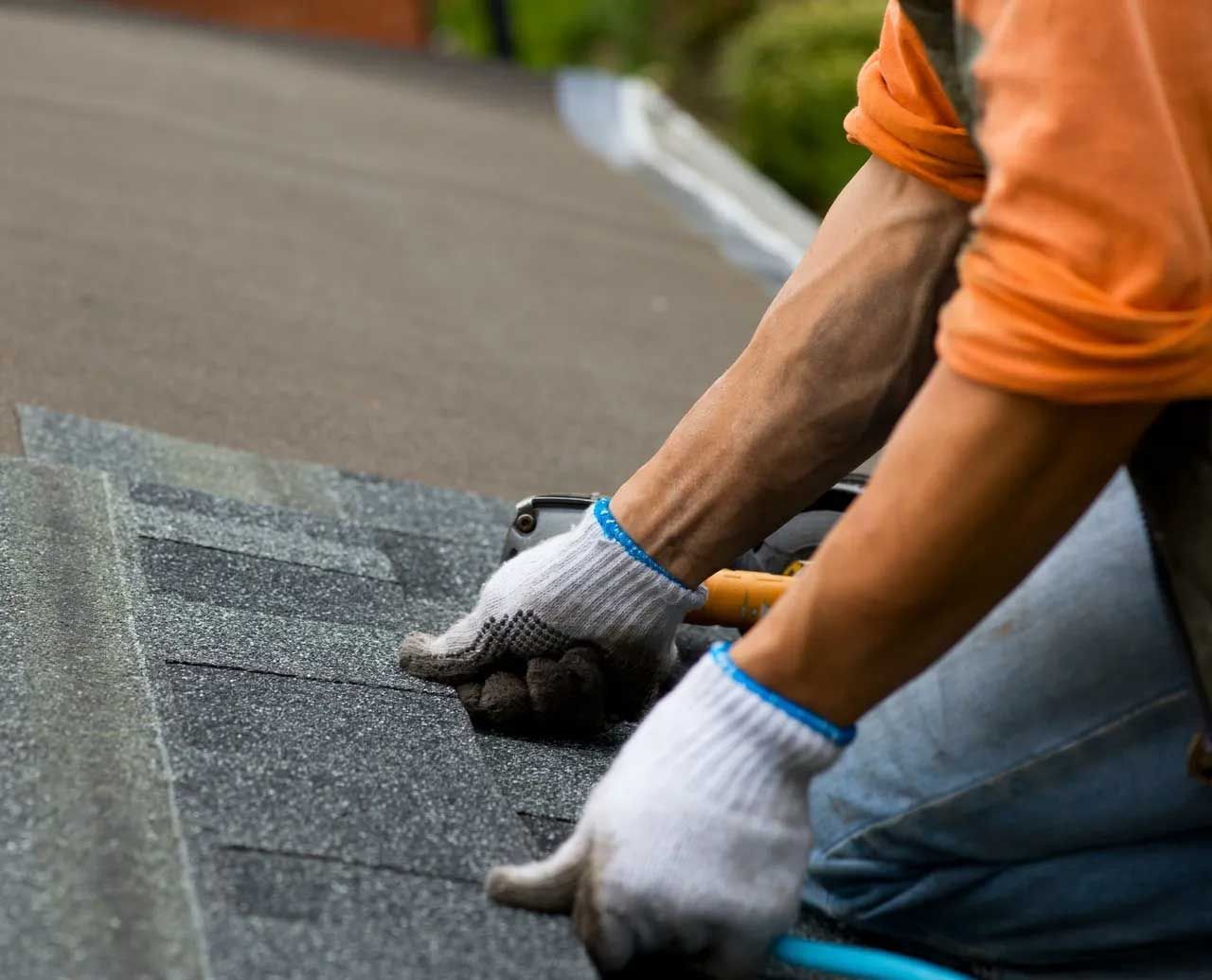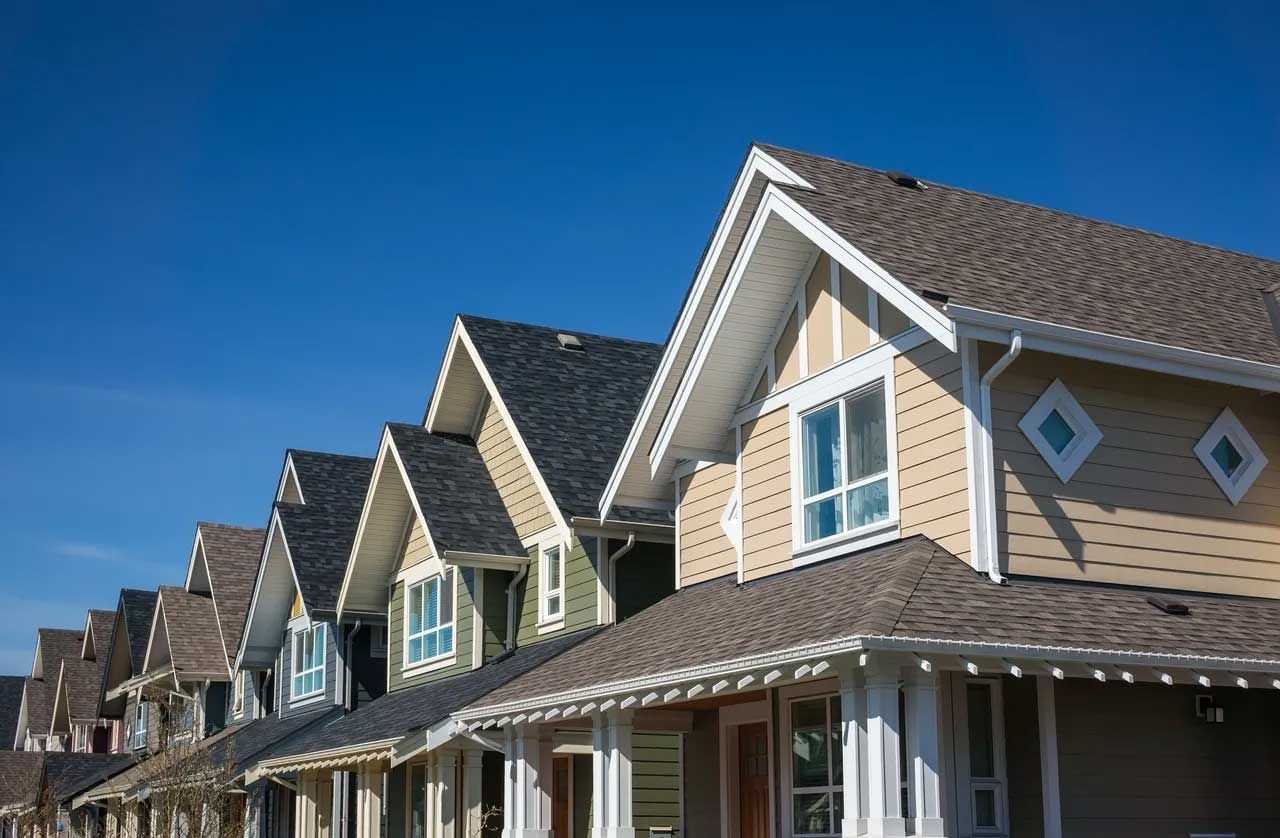Does Heat Affect Your Roof?
Does Heat Affect Your Roof?

Introduction
Heat, an inevitable force of nature, affects various materials in different ways. One crucial structure constantly exposed to heat is the roof of your house. Understanding how heat affects your roof is vital for maintaining its integrity and prolonging its lifespan.
Understanding Roof Materials
Roofs come in various materials, each with its own characteristics and responses to heat. Whether your roof is made of asphalt shingles, metal, tile, or wood, the effects of heat can vary significantly.
Impact of Heat on Roof Lifespan
The relentless heat from the sun can gradually degrade roofing materials over time. This degradation can lead to cracks, leaks, and other structural issues, ultimately shortening the lifespan of your roof.
Energy Efficiency Considerations
Heat can also impact the energy efficiency of your home. A poorly insulated roof can allow heat to penetrate into your living space, increasing cooling costs during hot summer months. Understanding how heat transfers through your roof is essential for improving energy efficiency.
Effects of Heat on Roof Appearance
In addition to structural concerns, heat can also affect the appearance of your roof. Prolonged exposure to sunlight can cause fading, discoloration, and damage to paint and coatings, diminishing the aesthetic appeal of your home.
Structural Implications
The expansion and contraction of roofing materials due to temperature fluctuations can put stress on your roof's structure. This stress increases the risk of warping, cracking, and other forms of damage that compromise its integrity.
Geographic Factors
The impact of heat on your roof can vary depending on your geographical location and climate. Areas with intense sunlight and high temperatures may experience more significant heat-related issues compared to cooler regions.
Mitigation Strategies
Fortunately, there are various strategies to mitigate the effects of heat on your roof. Installing reflective roof coatings, using heat-resistant materials, and implementing proper ventilation systems can help minimize heat-related damage and prolong your roof's lifespan.
Conclusion
In conclusion, heat can indeed affect your roof in numerous ways, from structural damage to energy efficiency concerns. By understanding these effects and implementing appropriate mitigation strategies, you can protect your roof and ensure its longevity.

FAQs
Does the color of my roof affect its susceptibility to heat damage?
Yes, darker-colored roofs tend to absorb more heat than lighter-colored ones, making them more susceptible to damage.
How often should I inspect my roof for heat-related damage?
It's advisable to inspect your roof at least once a year, preferably before the summer season when temperatures are highest.
Can proper insulation help reduce heat-related issues with my roof?
Yes, adequate insulation can minimize heat transfer through your roof, improving energy efficiency and reducing the risk of damage.
Are there any signs that indicate my roof is suffering from heat-related damage?
Signs such as cracked or warped shingles, blistering paint, and increased energy bills could indicate heat-related issues with your roof.
What steps can I take to improve the energy efficiency of my roof?
Installing reflective roofing materials, adding insulation, and ensuring proper ventilation are effective ways to enhance the energy efficiency of your roof.
I will always place the mission first. I will never accept defeat. I will never quit. I will never leave a fallen comrade. - Warriors Ethos
WEB DESIGN BY HEARST MEDIA SERVICES, ALL RIGHTS RESERVED | SITEMAP
3408 S Orange Ave
Orlando, FL 32806
2770 Recker Highway
Winter Haven, FL 33880
Hours of Operation
M-F 8am to 5pm
Sat 8am - Noon
Sunday Closed
Contact Us
We will get back to you as soon as possible.
Please try again later.


